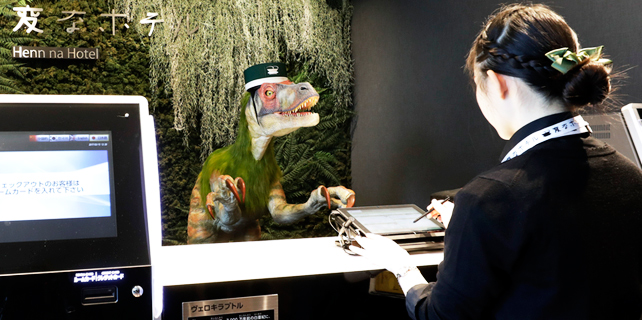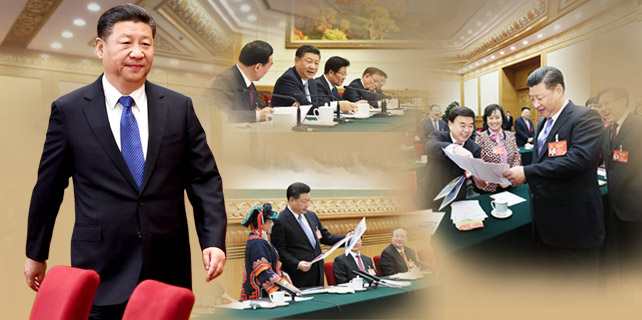Digging through time

Trading subsequently brought prosperity to the town. According to the late author Mei Yaochen - he was the person who created Qinglong Zazhi, believed to be the first chronicle of the town - Qinglong town had "workshops of all trade and cooking smoke rising from thousands of households".
By the 13th century, the mouth of the Wusong River was badly choked by silt and the harbor was moved to the new Shanghai town. In the 1980s, during the dredging of local rivers, an ancient well and a large number of ceramic pieces were discovered, providing archeologists with vital information of the town's rich history.
Large scale excavation did not begin until 2010 when archeological studies started to develop rapidly in China. This was also the time when the country started prioritizing the research and conservation of important historical relics.
Chen and his colleagues at Shanghai Museum have since found more than 6,000 ceramic pieces which they said were made in kilns in the provinces of Fujian, Zhejiang and Jiangxi. They added that similar ceramics have been found in Japan and the Korean Peninsula and they reflect "the importance of Qinglong town as a trading hub along the maritime Silk Road".
In the years that followed, archeologists found relics of housing foundations, wells, tiled floors and more piles of ceramics dating back to the Tang Dynasty (618-907). In October 2015, the local township planned to grow trees on a large portion of the site. However, after discussions between the municipal administration of culture relics and the local government, the tree-growing plan was shelved in favor of archeological work.
The third phase of the archeological excavation at Qinglong town, which took place from October 2015 to October 2016, covered 2,500 square meters. During this phase, archeologists made some important discoveries, such as the foundation of a Buddhist tower, large amounts of ceramic pieces and relics relating to daily life and commerce.
The museum decided to announce its discoveries to the public in December 2016, inviting members of the media and archeology enthusiasts to the conservation center of Shanghai Museum to view artifacts that had yet to be restored.
"We decided to quickly showcase the new discoveries because these findings are pivotal to the understanding of the city. The story of Qinglong town will fill a gap in historians' knowledge of Shanghai," said Chen.
"People were very interested in the finds. Qinglong town used to be a relatively unknown part of Shanghai, but now we often come across people who drive over just so they can check out the relics. The exhibition would have been better if we took longer to prepare for the show, but the enthusiasm among the public would have faded by then."
One of the most important discoveries in the latest phase of the archeological project is Longping Temple.
With the development of trading and the growth in population, Buddhism thrived in Qinglong town. According to historical records, the town was known to have seven pagodas and 13 temples.
Chen said that the pagoda of Longping Temple marked a pivotal position which archeologists used as reference during the mapping of Qinglong town's layout. Ancient documents found that the pagoda used to serve as a navigational beacon for sailors, another piece of evidence that proves Qinglong town's status as a maritime trading port.
Believed to be built between 1023 and 1032, the octagon-shaped Longping pagoda is a rare example of ancient Chinese Buddhism architecture. In order to present the intricacies of the pagoda's foundation, Shanghai Museum created a replica for the exhibition.
The tiles and bricks retrieved from the pagoda ruins suggested that it was built with donations from believers. Many of the bricks have engravings that document the name of the donor and the size of their offerings.
Some of the most brilliant pieces were unearthed from the underground chamber of the pagoda, and they include Asoka pagodas made of gold-plated lead and bronze, and sets of boxes placed within one another.
Opening the cover of the main box, which was made of stone, archeologists found a wooden box in the shape of a coffin that contained a badly rusted iron box. Within this iron box was an outer coffin made of gold-plated wood and a silver inner coffin.
Also found within these boxes were rosaries made of crystal and gilt bronze, as well as sariras kept in a bronze jar. These bead-shaped objects were believed to be relics of Buddhist spiritual masters.
zhangkun@chinadaily.com.cn









